6 Fast-Food Items That Went Too Far and 5 You Won’t Believe Existed
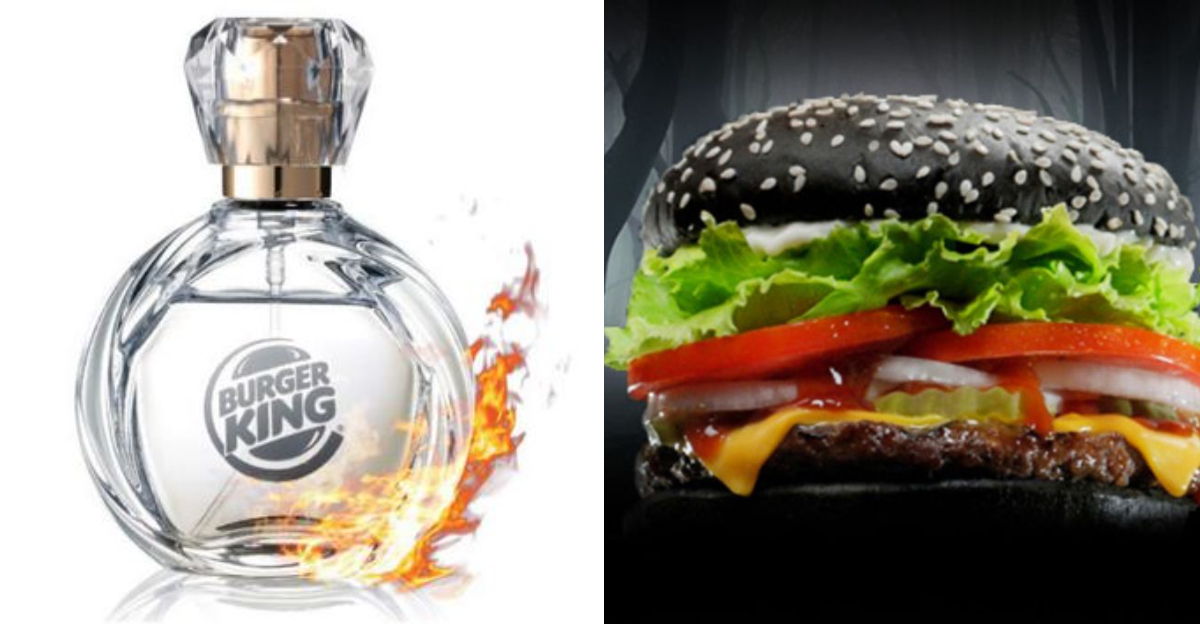
Explore the world of fast-food creativity gone awry with six items that pushed the boundaries of culinary sanity, alongside five bizarre creations that seemed too strange to exist. This list uncovers the bold, the bizarre, and the baffling innovations from popular fast-food chains across the globe.
1. KFC Double Down
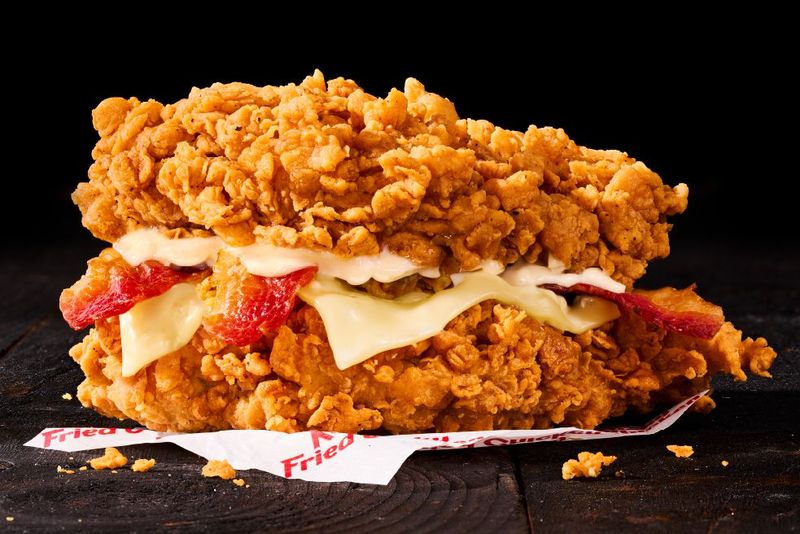
Forget about bread; this sandwich ditched the bun entirely. The KFC Double Down used two fried chicken filets as its outer layers, with bacon and cheese nestled between. It was more of a culinary spectacle than a sandwich. The audacity of replacing bread with processed meat caught attention worldwide. Eating it felt like indulging in a guilty pleasure. Crispy, greasy, and unapologetically over the top, it challenged traditional sandwich logic. Some adored it, while others hesitated at the sheer excess. A true icon of fast-food experimentation, it left diners wondering how far was too far.
2. Burger King Halloween Whopper
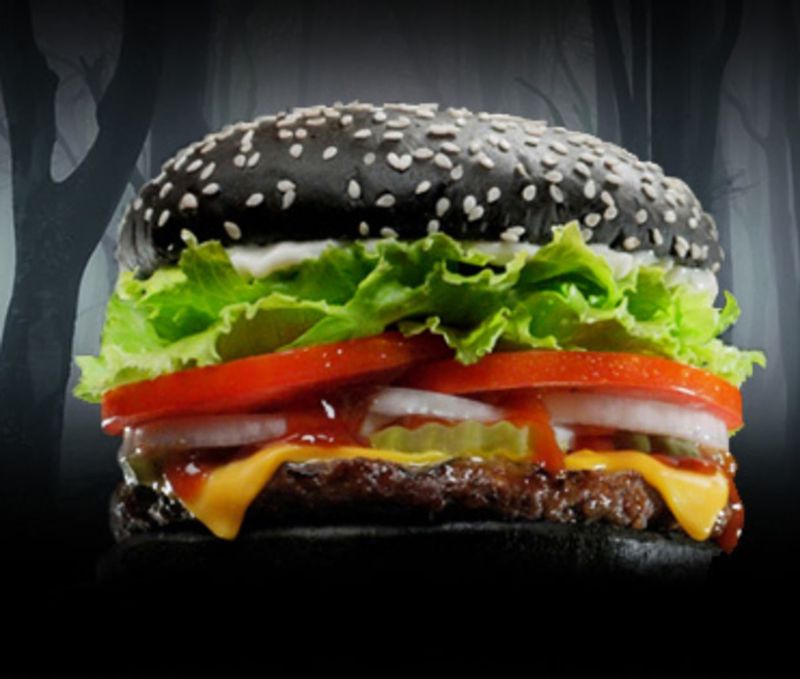
When Burger King released the Halloween Whopper, it wasn’t just the taste that startled people. Its jet-black bun became an internet sensation. Made with A.1. sauce, the bun’s color was so strange it prompted viral social media discussions. This unique creation not only challenged the palate but also the digestive system, reportedly causing green-ish aftereffects. It was a bold marketing move aimed at Halloween enthusiasts. The aesthetics were more memorable than its flavor. For one spooky season, it dominated the fast-food narrative, leaving an eerie yet entertaining mark on culinary history.
3. Taco Bell Naked Chicken Chalupa
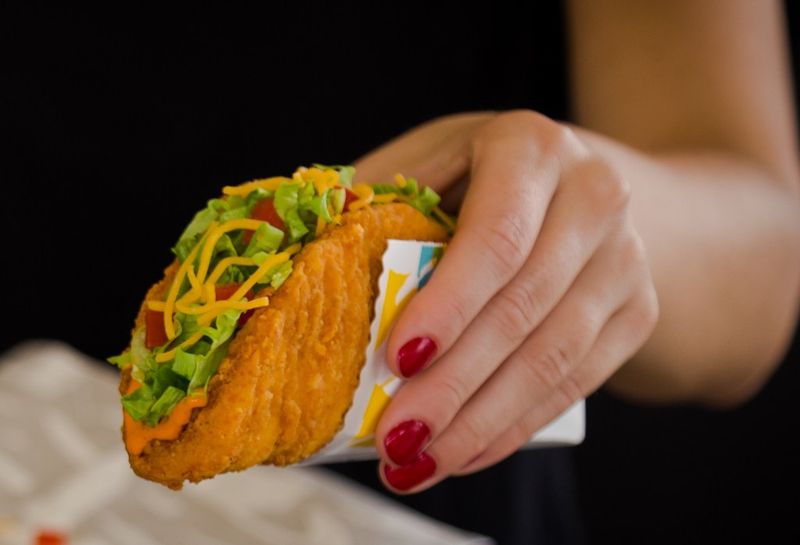
Taco Bell dared to redefine the chalupa by making its shell entirely out of fried chicken. Named the Naked Chicken Chalupa, this item was as messy and audacious as it sounds. With its bold crunch and spicy kick, it appealed to thrill-seekers. The challenge lay in holding it together, as the chicken shell was both innovative and impractical. Though it offered a unique texture contrast, it wasn’t for the faint-hearted. This creation embodied Taco Bell’s adventurous spirit, pushing the boundaries of what a taco could be. Exciting yet polarizing, it definitely stood out.
4. McDonald’s McSpaghetti
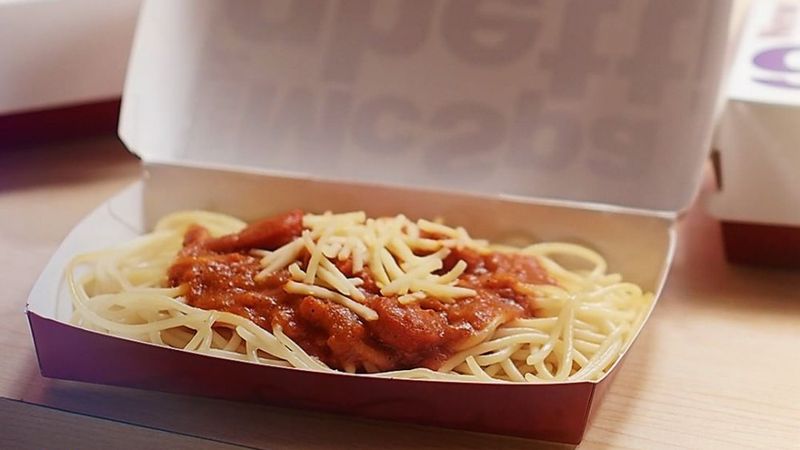
Spaghetti at McDonald’s might sound like a culinary mismatch, but the McSpaghetti found its fan base in places like the Philippines. This surprising offering featured pasta topped with a sweet red sauce, embodying a taste profile unfamiliar to many McDonald’s regulars. While some embraced its novelty, others remained perplexed by its presence on the menu. Despite its unique appeal in certain markets, it left many American customers scratching their heads. The McSpaghetti remains a curious example of fast-food diversification, showcasing McDonald’s willingness to experiment beyond traditional burger fare.
5. Pizza Hut Hot Dog Stuffed Crust
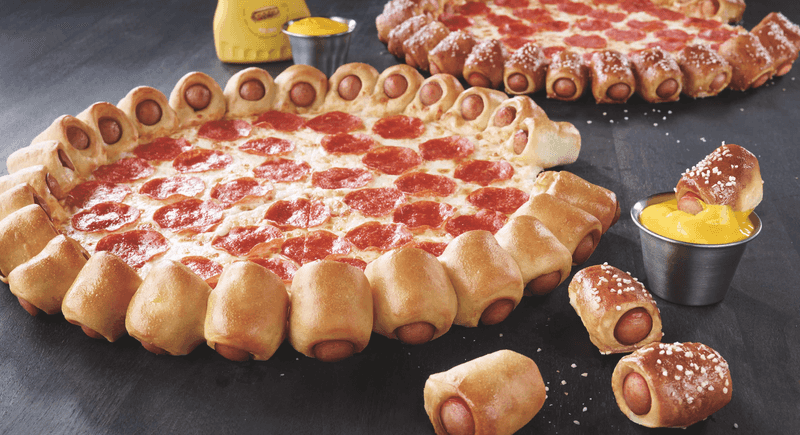
Pizza Hut decided to escalate the classic stuffed crust by incorporating hot dogs, merging two junk food icons into one. The hot dog stuffed crust became a sensation, particularly in parts of Europe and Asia. It seemed like a heavy indulgence, adding layers of flavor and calories to an already rich dish. The innovation didn’t stop at taste; it was about creating a narrative of excess. While it intrigued many, it left health-conscious diners wary. Still, its popularity demonstrated the global appetite for outrageous food combinations. A true testament to culinary creativity.
6. Carl’s Jr. Footlong Cheeseburger
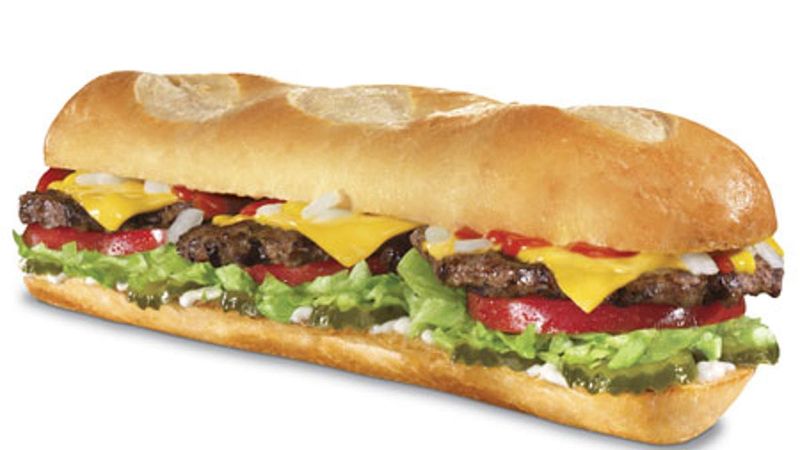
Carl’s Jr. took a bold step by reshaping the classic cheeseburger into a footlong form. The Footlong Cheeseburger was an attempt to combine the essence of a hot dog with a burger. While it offered more meat and cheese than usual, it puzzled customers with its elongated shape. Balancing it in hand was a challenge, making it a novelty more than a staple. Despite its unconventional appearance, the taste was familiar—packed with classic flavors. A playful twist on two American favorites, it left an impression both bewildering and amusing.
7. McDonald’s Onion Nuggets

Long before chicken nuggets reigned supreme, McDonald’s experimented with Onion Nuggets in the 1970s. These were essentially onions, breaded and fried into nugget form. While not as enduring as their chicken counterparts, they were an intriguing precursor to popular fried appetizers like the Blooming Onion. They carried the essence of fried indulgence but didn’t capture the public’s heart. Despite their short-lived presence, they remain a fascinating footnote in fast-food history. Nostalgic for some, a mystery for others, they showcased McDonald’s early attempts at diversifying its fried offerings.
8. Burger King’s Flame-Grilled Fragrance

Turning the aroma of a Whopper into a fragrance might sound odd, yet Burger King found a niche market for it. The Flame-Grilled Fragrance was sold in Japan, allowing fans to indulge in the scent of their favorite burger without consuming any calories. This product was as much a marketing stunt as it was a perfume, sparking curiosity and laughter alike. Though it wasn’t edible, its existence was unforgettable. It demonstrated Burger King’s flair for the unexpected, transforming a fast-food staple into a sensory experience beyond taste.
9. Taco Bell Seafood Salad
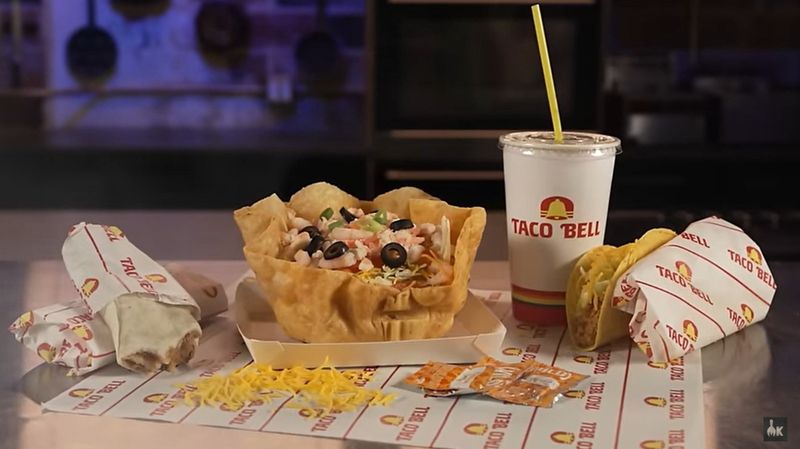
Taco Bell’s foray into seafood with their Seafood Salad in the 1980s was a bold, albeit short-lived, move. Featuring lettuce, imitation crab, and shrimp, it was an eclectic mix for a chain known for tacos. The salad aimed to diversify the menu but faced skepticism from seafood connoisseurs and fast-food fans alike. While it attempted to offer a lighter option, the combination didn’t quite capture the intended market. Its unusual pairing of ingredients made it memorable, though not favored enough to endure. A daring leap that ultimately fell flat.
10. Wendy’s Superbar
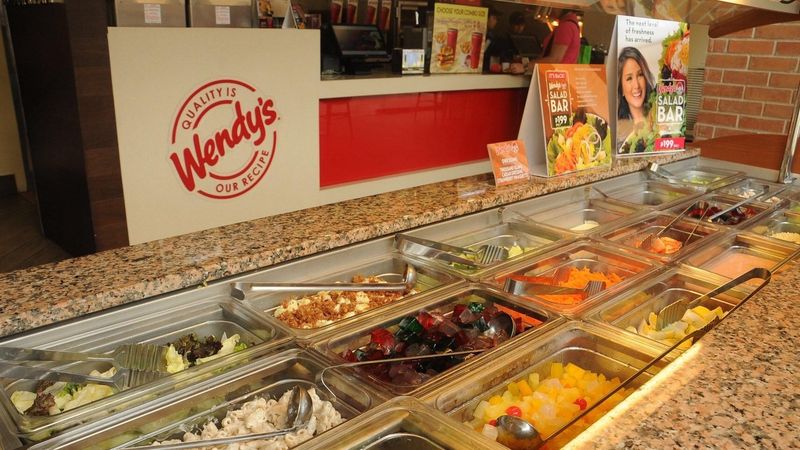
Wendy’s Superbar, introduced in the 1980s, was a buffet concept offering a variety of salad, pasta, and Mexican dishes. It was a budget-friendly option but often poorly maintained, leading to a chaotic dining experience. Despite these flaws, many remember it fondly for its all-you-can-eat charm. The Superbar allowed customers to explore different flavors in one sitting, making it a favorite for families and indecisive diners. Its discontinuation left a nostalgic gap, with fans reminiscing about the eclectic mix. In its heyday, the Superbar was a symbol of abundance.
11. McAfrika Burger
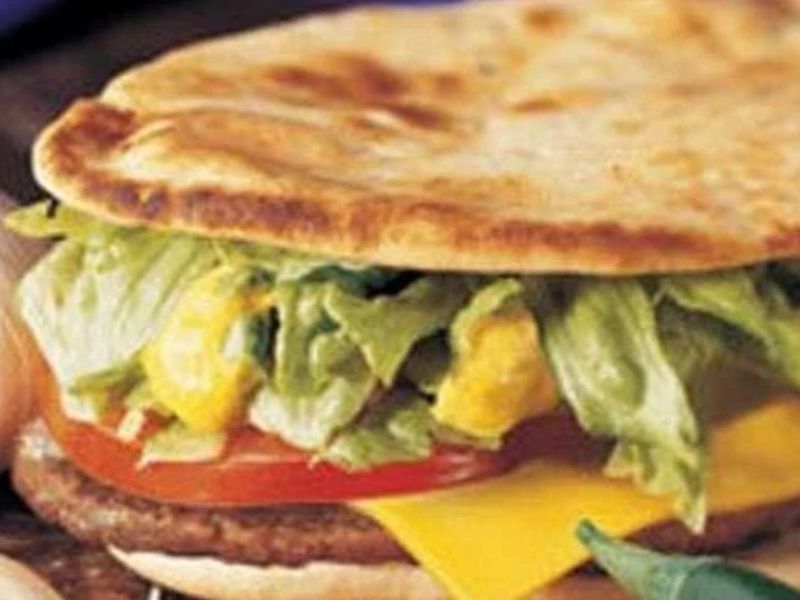
Released in 2002, the McAfrika Burger was a marketing misstep that highlighted cultural insensitivity. It featured beef and cheese wrapped in pita bread, introduced during a time of famine in Africa. The timing and name sparked backlash, overshadowing the actual product. While it aimed to bring something unique to the menu, the context marred its reception. Despite being a sandwich with potential, it couldn’t escape its negative connotations. McDonald’s quietly removed it, but the lesson in cultural awareness remained. A reminder of the importance of context in global marketing strategies.
